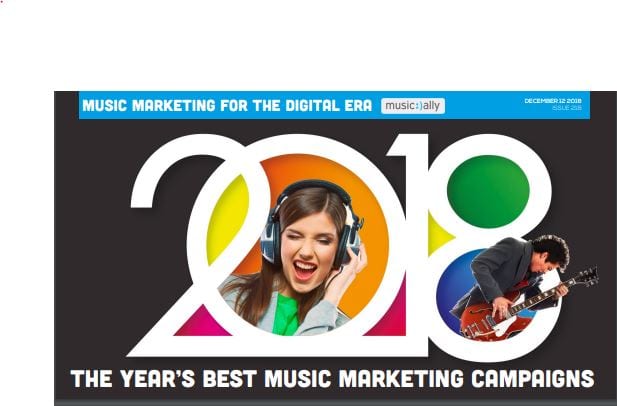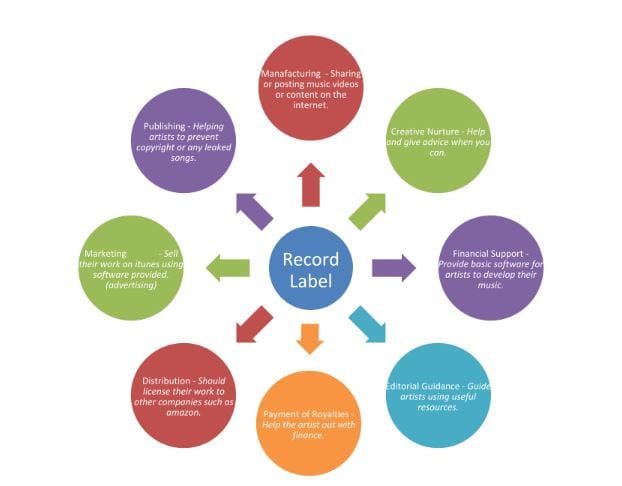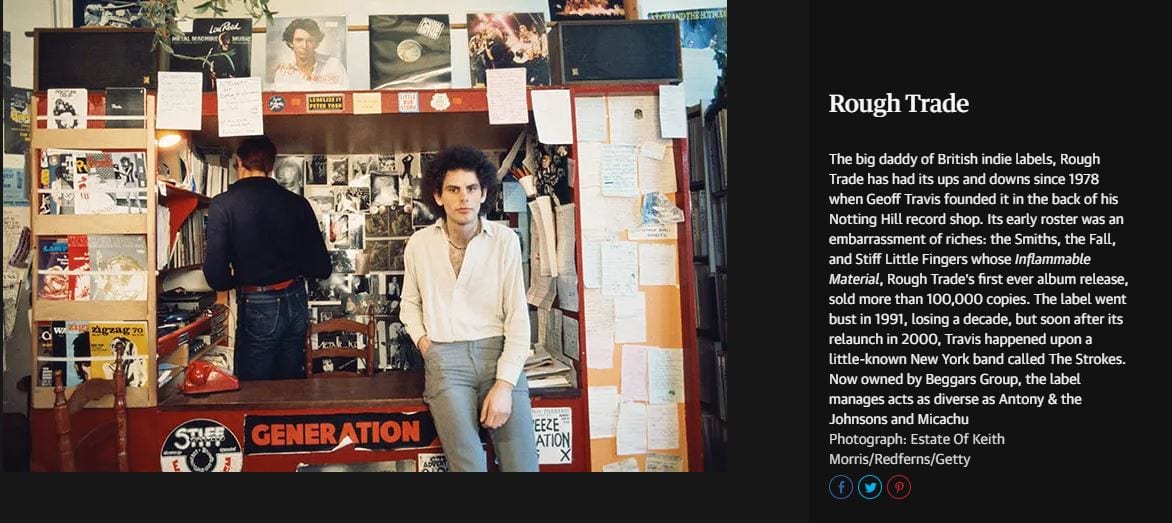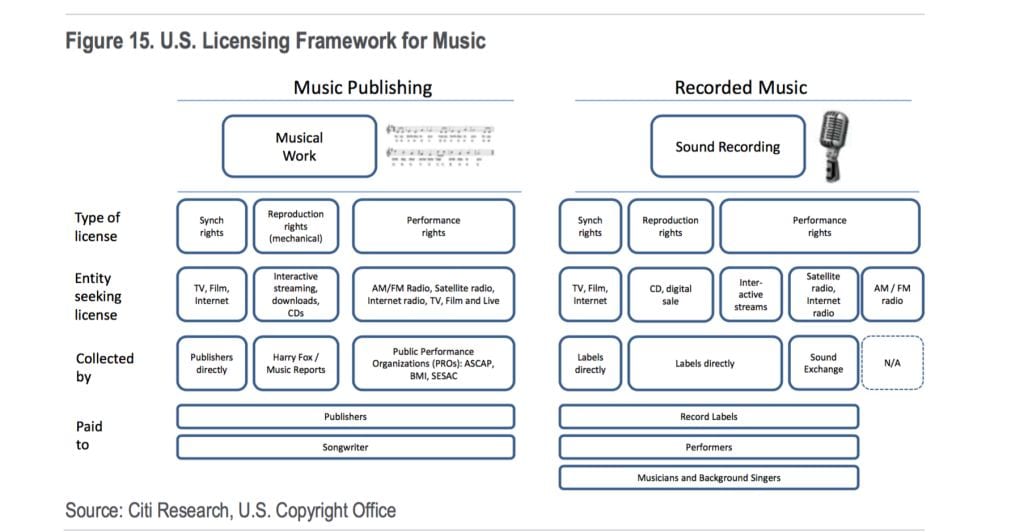It is key that you mention audience in your essays.
Consider who they are in the music industry and start to use the terms – core or niche.
- Core – the big mass audiences who worldwide consume music – usually pop.
- Niche – those smaller, more particular audiences who consume sub-genres or follow specific smaller bands.
The Conglomerates will target the Mass/Core audiences.
The Indies are more focused on organic talent and appeasing their more discerning customers.
Where do you fall in this ‘broad’ and slightly naive audience segmentation?
One of the questions might be about audience behaviour so you must be able to talk about your own experiences of consuming and making music (if appropriate) and how you are ‘typical’ of the average music listener nowadays. It might be easier to adopt an approach that shows how you are easily consumed, attracted by the Big 3 to their marketing, image focused approach but also that you enjoy finding, following and listening to less synthetically produced material in the form of indie artists and can much more easily find this type of music because of Digital Technology and more importantly, they can more easily find you!





